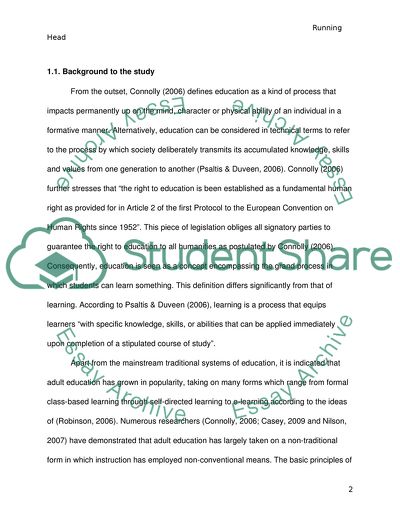Cite this document
(The Challenges of Active Learning in an Adult Intercultural Classroom Term Paper, n.d.)
The Challenges of Active Learning in an Adult Intercultural Classroom Term Paper. Retrieved from https://studentshare.org/education/1733094-the-challenges-of-active-learning-in-an-adult-intercultural-classroom
The Challenges of Active Learning in an Adult Intercultural Classroom Term Paper. Retrieved from https://studentshare.org/education/1733094-the-challenges-of-active-learning-in-an-adult-intercultural-classroom
(The Challenges of Active Learning in an Adult Intercultural Classroom Term Paper)
The Challenges of Active Learning in an Adult Intercultural Classroom Term Paper. https://studentshare.org/education/1733094-the-challenges-of-active-learning-in-an-adult-intercultural-classroom.
The Challenges of Active Learning in an Adult Intercultural Classroom Term Paper. https://studentshare.org/education/1733094-the-challenges-of-active-learning-in-an-adult-intercultural-classroom.
“The Challenges of Active Learning in an Adult Intercultural Classroom Term Paper”, n.d. https://studentshare.org/education/1733094-the-challenges-of-active-learning-in-an-adult-intercultural-classroom.


